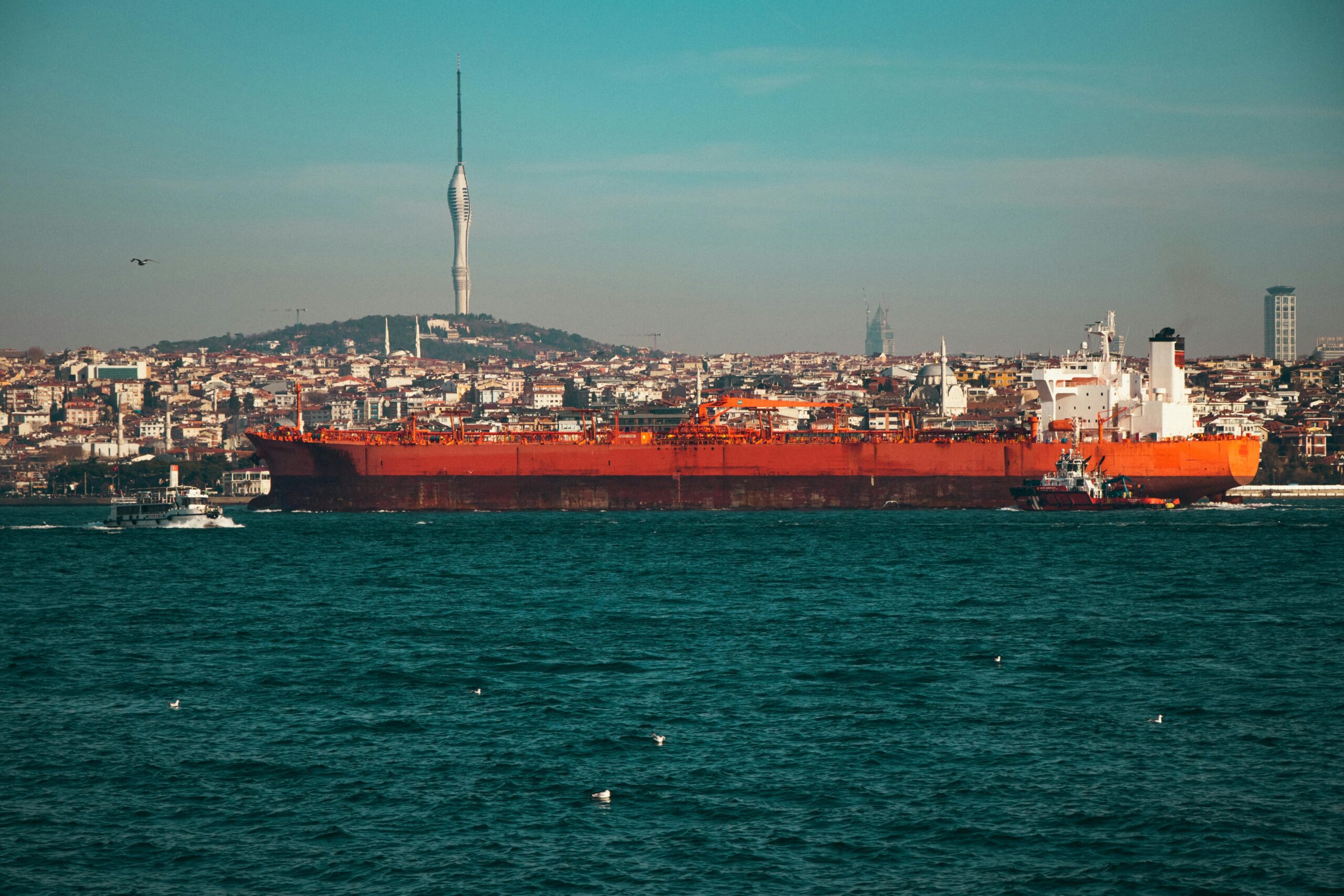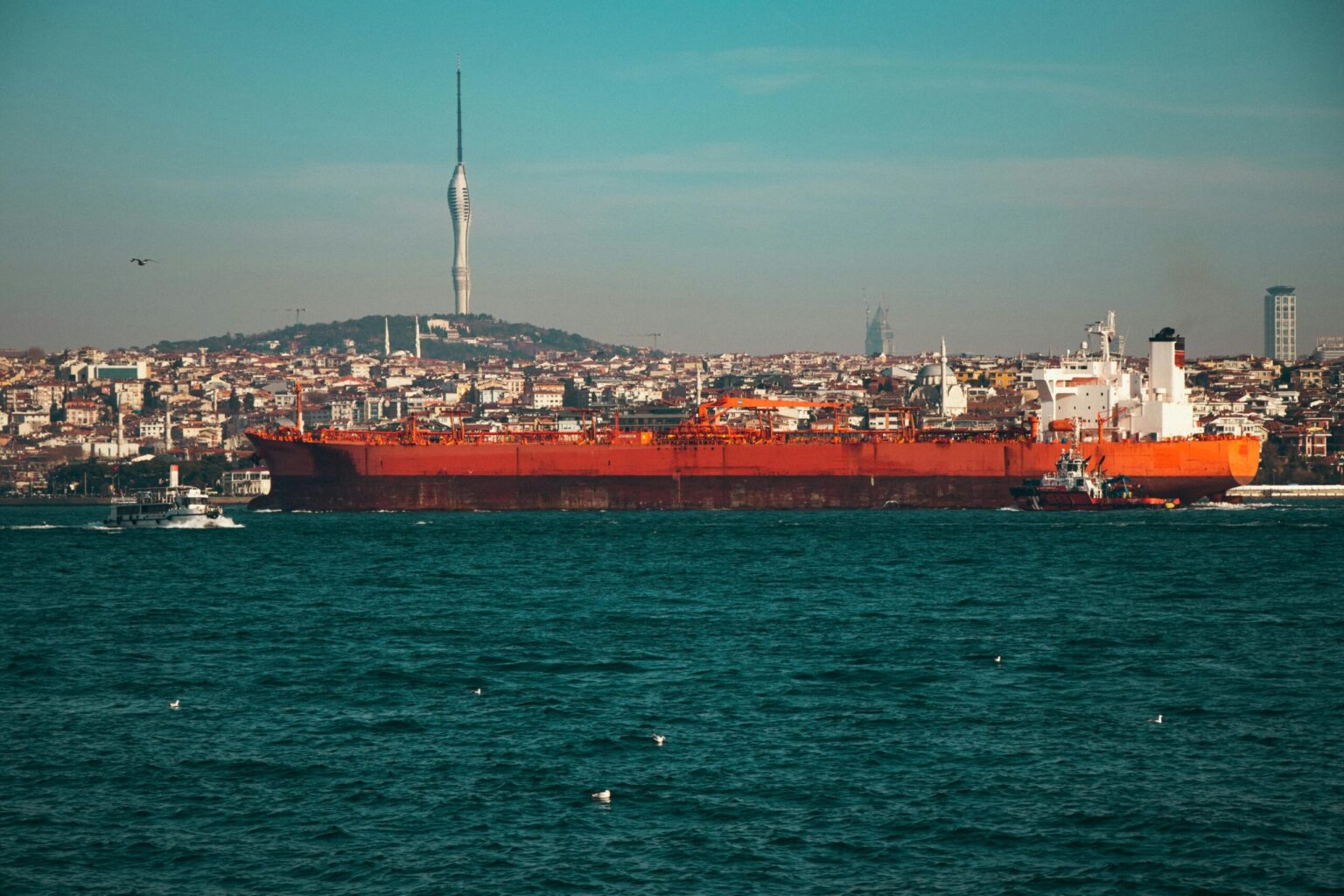
NLNG Limited is working to maintain gas exports and support Nigeria’s revenue goals despite challenges like pipeline vandalism and oil theft. Thanks to its strategic location, Nigeria offers export flexibility to Asian and European markets, avoiding the US tariff war and reducing transit times.
While Nigeria trails behind major LNG producers like the US, Australia, and Qatar, it remains a leading exporter in Africa. Rystad Energy projects Nigeria’s LNG exports will reach 20 million tonnes by 2030.To fully tap its gas potential, Nigeria may need to adopt alternative solutions like floating LNG (FLNG) and mini-LNG projects.
Production challenges and vandalism have lowered liquefaction rates from 90% in 2018 to 60% in 2023. While analysts expect some recovery in exports, Nigeria is unlikely to rank among the top five global LNG exporters soon. Despite a decline in output, West Africa—driven by Nigeria—still accounted for over 60% of Africa’s LNG exports in 2023, totaling 22.7 million tonnes.
New liquefaction projects, including onshore developments in Nigeria and Gabon and upcoming FLNG projects, are expected to boost West Africa’s LNG capacity to 50.6 Mtpa by 2035. While 65% of the region’s gas is offshore—much of it still untapped—these resources are ideal for FLNG due to reduced reliance on pipelines.
West Africa currently holds 20% of global FLNG capacity, with room for growth. Rystad Energy projects global LNG capacity to rise from 486 Mtpa in 2023 to 755 Mtpa by 2030, positioning Africa as a key player.
Africa is set to play a key role in the global LNG market, driven by rising demand in regions lacking local production or pipeline access. The continent accounts for about 20% of the 477 Mtpa of global LNG capacity in development and hosts the world’s highest concentration of FLNG infrastructure. Africa currently has around 70 Mtpa of onshore LNG capacity—14% of the global total.
West Africa leads Sub-Saharan production, aiming for a 50% increase by 2030, with Nigeria contributing nearly two-thirds of the region’s output and over a third of Africa’s total, reinforcing its central role in the continent’s LNG growth.




